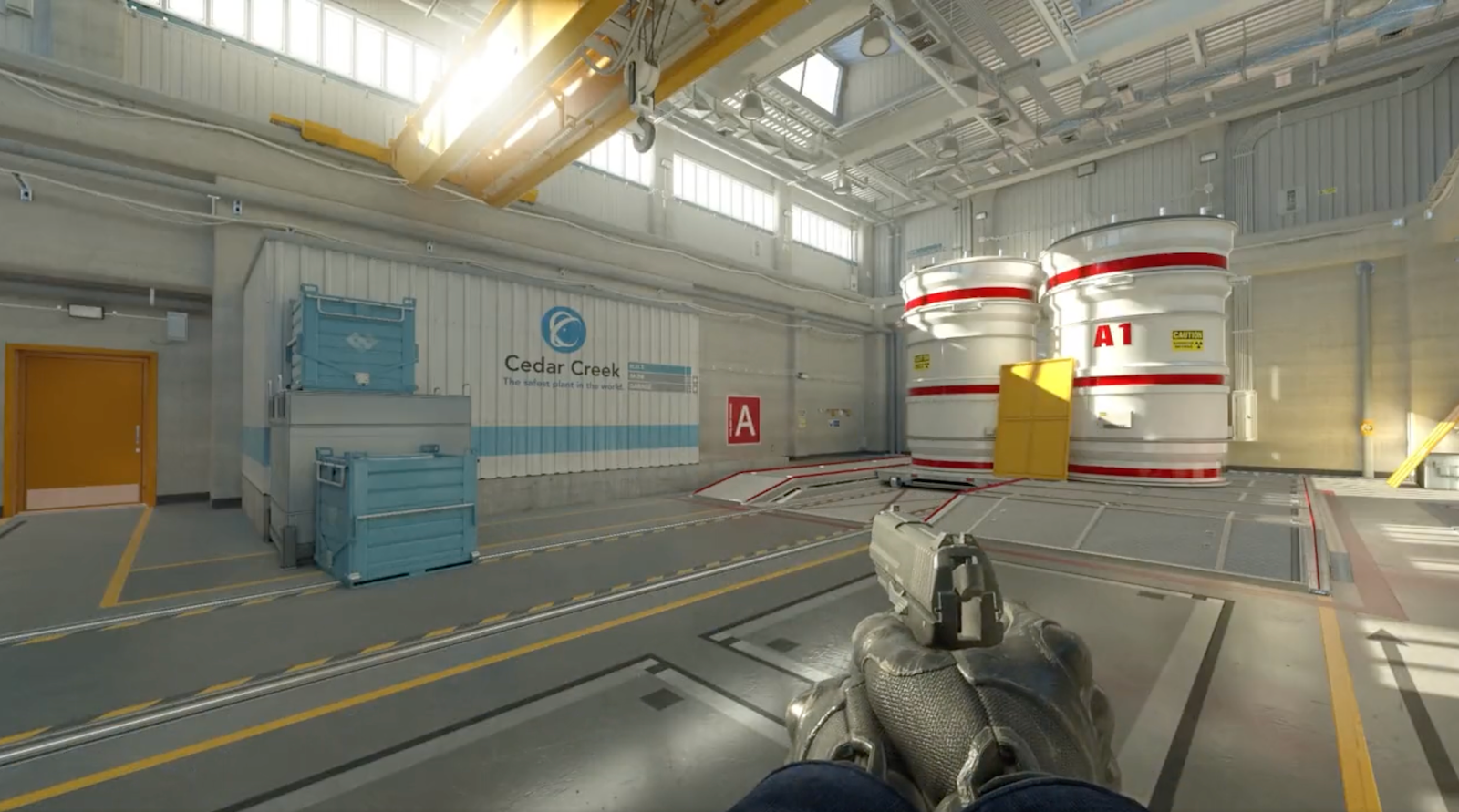Asik Cloud Insights
Your gateway to the latest trends in technology, cloud computing, and digital innovation.
Nuke Navigators: How to Outwit Opponents in the Complex Minefield
Master the art of strategy in Nuke Navigators! Discover expert tips to outsmart your rivals in the complex minefield of competition.
Mastering the Art of Deception: Strategies to Outsmart Your Rivals
In the competitive landscape of business and personal endeavors, mastering the art of deception can provide a significant edge over rivals. The key to successful deception lies in strategic thinking and psychological insight. One effective method is to create misinformation, subtly guiding your competitors towards decisions that can hinder their own success. For example, utilizing fake data or manipulating situations can lead your rivals to misjudge the market landscape. Crafting a plausible narrative that showcases your strengths while concealing your weaknesses can be a game-changer in negotiations and competitive analysis.
Another powerful strategy involves unpredictability. By keeping your true intentions veiled, you can create an aura of uncertainty that can throw your competitors off balance. Embrace the element of surprise by alternating your tactics and diversifying your approach to challenges. Consider employing distracting maneuvers, such as launching a product that appears unrelated to your core business, in order to mislead your rivals about your actual goals. In mastering these strategies, remember to maintain a balance; effective deception should enhance your standing without undermining your integrity.

Counter-Strike is a highly competitive first-person shooter game that has gained massive popularity since its initial release. Players engage in team-based gameplay, where one team takes on the role of terrorists and the other as counter-terrorists. A notable weapon in this game is the awp printstream, renowned for its powerful long-range capabilities, making it a favorite among skilled players.
Navigating the Nuclear Nexus: How to Identify and Exploit Weaknesses
When it comes to Navigating the Nuclear Nexus, part of the strategy involves identifying vulnerabilities within complex systems. Start by conducting a thorough analysis of existing frameworks and protocols. Utilize techniques such as SWOT analysis (Strengths, Weaknesses, Opportunities, Threats) to pinpoint areas that may be under-resourced or poorly protected. Common weaknesses can include outdated technologies, lack of rigorous training for personnel, or insufficient regulatory oversight. By tackling these areas, you can begin to build a more resilient and secure operational environment.
Once you have established where the weaknesses lie, the next step is to exploit these gaps effectively. This may involve implementing more robust security measures, enhancing training programs, or lobbying for regulatory changes that encourage better compliance. Additionally, consider engaging in active collaboration with other stakeholders in the nuclear sector. Existing partnerships can facilitate resource sharing and collective problem-solving, bolstering the overall defense against potential threats. Remember, the key to successfully Navigating the Nuclear Nexus lies in your ability to not only identify but also strategically address these vulnerabilities.
What Are the Key Tactics for Surviving the Strategic Minefield?
Surviving the strategic minefield requires a combination of tactical foresight and adaptability. One of the key tactics is to analyze the landscape thoroughly. This involves identifying both opportunities and threats within your environment, assessing competitors, and understanding the cultural and political dynamics at play. By conducting a SWOT analysis (Strengths, Weaknesses, Opportunities, Threats), organizations can gain clarity on their position and the best paths to take. Additionally, fostering a culture of knowledge sharing ensures that insights are disseminated across all levels of the team, which can enhance strategic decision-making.
Another crucial tactic is to prioritize agility in your strategic approach. The ability to pivot in response to unforeseen challenges is essential in a minefield filled with shifting variables. Teams should implement regular strategic reviews to evaluate progress and reassess goals, allowing for adjustments to be made quickly and efficiently. Furthermore, investing in ongoing training and development equips employees with the skills and mindset necessary to navigate complex scenarios. By embracing a culture of continuous improvement, organizations not only enhance their resilience but also position themselves to thrive in the face of adversity.